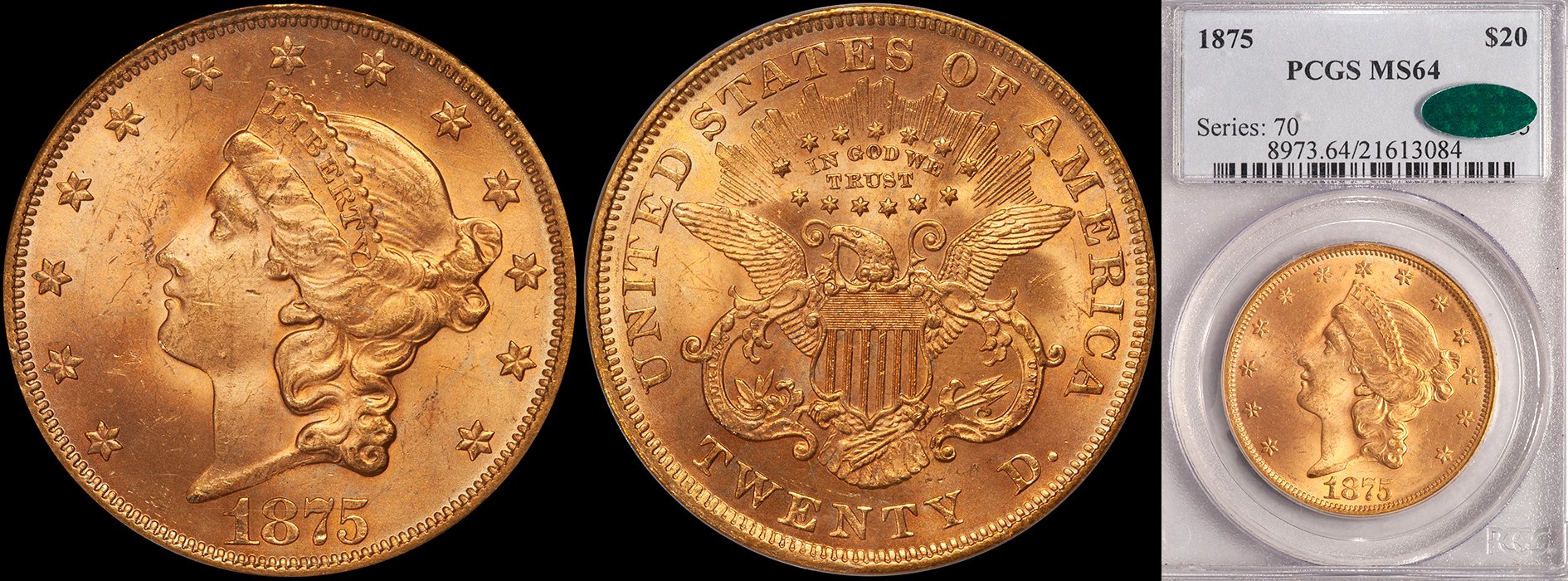Collecting "Significant" Coins
/As rare coins become more expensive and harder to locate, collectors have to develop new strategies. I know of a number of collectors who are adopting a technique that I find very interesting. These collectors don’t necessarily specialize in any specific series or mint. Instead, they focus on coins that they consider “significant” or “special.” So what exactly is a “significant” or “special” coin? I would define such an item as something that, if I were at a coin show, would stop me dead in my tracks as I was strolling down the aisle looking in each dealer’s case. I might regard a particular coin as being special because it is a fully struck example of a coin that nearly always is found weakly detailed. Or, I might regard a coin as being significant (I use the two terms interchangeably) because it has great original color.
What are some of the other criteria I would base my collection of special coins on? Some would be as follows:
History: I personally like coins that have an interesting history. This might mean that an issue was struck during the first year of a design or in the final year. It may have been struck during an important period of our history (World War I or the Civil War) or was used during the Gold Rush. One of the truly appealing things to me about Numismatics in general is its historic connotations and I certainly want the majority of the coins in my collection to have a special sense of history about them.
Provenance: Some collectors could care less about the history of ownership of their coins. To me, in some ways, this is even more interesting than the coins themselves. I might not ordinarily care about a coin like a 1794 Large Cent but if I learn that it has a wonderful 125+ year pedigree including having been owned by some famous collectors I would buy it; even if it didn’t “fit” into my collection. For me, the pedigrees that are important include the modern giants such as Pittman, Norweb, Bass and Eliasberg and more esoteric collectors from the 19th and early 20th century whose names are known to me mainly from my years of collecting old auction catalogs.
Beauty: The more coins I see, the more I realize how few truly beautiful United States coins still exist. By “beautiful” I do not mean a coin’s design. From an artistic standpoint, I personally feel that most American regular issue designs are mediocre at best. What I am referring to is more of an aesthetic sense of a coin’s appearance. In other words, I like coins that are pretty. I like Bust half dollars with rings of concentric iridescent toning from storage in old coin boards. I like Dahlonega half eagles with dark natural crust on their obverse and reverse. I like blazing, lustrous coins that don’t look like they just came from the Lab.
Scarcity: I like coins that are fundamentally rare. By this, I mean issues that are rare in all grades, not just in Super Grades. I recently sold an 1859-S in VF25 (for less than $2,000) and as I researched this coin, I realized that it was truly rare. To me, it was more exciting than the common date Three Dollar gold piece in PR65 that I had sold earlier in the day for $30,000. The Proof coin was pretty and it was certainly rare but, for some reason, the circulated 1859-S quarter was far more appealing to me. When one or more of the factors that I listed come together, then this can make for a special coin. As an example, a piece that I would regard as truly irrestible would be a 1794 half dollar pedigreed to a famous Chapman Brothers auction from the 1890’s with lovely original coloration in the VF-AU grade range. It’s got history (the first half dollar struck), an interesting pedigree, the right “look” and it is a genuinely scarce coin. After I purchased it, would I instantly become a collector of early half dollars? Probably not. In fact, I might not ever buy another half dollar. But this coin would be incredibly appealing to me because it satisfies all of my criteria in determining what makes a numismatic item “special” or “significant.”









